When it comes to proper exercise form, everyone has an opinion, especially on the internet!. In this age of social media, where we’re bombarded with numerous tips, tricks, and hacks, it’s easy to second-guess yourself when it comes to exercise. If your algorithm looks like mine, you scroll through many “Are you making this mistake in the gym?” and “This one thing is sabotaging your results” and other click-baity videos every single day. Sure, certain form tips are universal (Squat like you’re sitting in a chair, right?) and some that are outdated (Who remembers the days when we were told never to let our knees go past our toes?), but the rest can get confusing.
Each month in the BodyFit Athletic Club, I host a live Form Feedback Friday, where I answer exercise form questions in real time and include demonstrations. While I get as specific as I can for each question, there are two tips that I swear by and come up often in these sessions. And today I’m sharing them with you.
If you’ve worked out with me before, you know I believe in the power of good form. That’s why I talk continuously through workouts and cue you throughout the exercise itself, and not just before you start a set. And, I also remind you that the most important thing is to “show up and keep moving.” Isn’t it just about getting the workout in?
Yes, AND…Good form is crucial because:
Form improves results. Training with good form leads to greater strength and power improvements. Part of this is likely due to being able to load more safely, use full range of motion, recruit target muscles more effectively, and avoid compensations that reduce efficiency.
Form helps avoid injury and allows for consistency. Poor form often forces other muscles or joints to kick in and overcompensate, which can lead to overuse, joint strain, or acute injury. As we discussed a few weeks ago, if you can’t maintain good form at a heavier weight, reduce the load and incorporate the form tips below.
Form allows for more efficient long‑term progress. If the technique isn’t feeling great, you may not be fully incorporating the intended muscles in an exercise, making you more likely to plateau or risk overuse or acute injuries.
Having said all that, “Perfect Form” doesn’t exist! Like so much of our fitness journey, good exercise form is about progress over perfection, and allowing ourselves grace during the process. Above all, when it comes to exercise form, we want to make sure we are doing movements safely and effectively.
Obviously, safety comes first, always, and especially when we are adding load with dumbbells, kettlebells, or barbells. Common form mistakes, such as excessive forward bending of our spine during a deadlift or overextending in an overhead movement, can put extra strain on our joints and increase the risk of injury. Being aware of our posture and alignment, as well as core stability, helps get us set up for good movement patterns, and moving safely through an exercise not only helps us stay injury-free, but it also helps us stay consistent in our journey.
Doing exercise effectively is equally important. After all, that’s why we’re doing it, right? You’ve probably heard me say before, “All movement is good movement,” and I stand by that — if you’re moving safely, of course. But beyond that, specific form components are essential for effectiveness, especially when it comes to getting stronger, increasing endurance, building power, and improving overall fitness. Full range of motion generally helps increase strength gains, and focusing on the quality of a movement over quantity is crucial. Worry less about how many reps you can crank out in a set, and focus on how each rep gets you closer to your goals.
*Keeping safety and effectiveness in mind, here are my top tips for exercise form:
First and foremost: Don’t overthink it.
When it comes to exercise, it’s not about having textbook form– it’s about finding what works for you and your body. I get it – it can feel overwhelming to think about all the details for each exercise: foot placement, back alignment, core engagement, where to squeeze, how far to go, and when and how to breathe. It can feel like a lot!
Instead of feeling brain overload, check in with your body. Good exercise form for you is about finding what form is best for your body, your bone structure, your flexibility, your mobility, your fitness level, and where you are today. It’s okay if you don’t look the same as a trainer or that fitness influencer on TikTok. You don’t have to get as low or as high as someone else if it doesn’t feel right for your joints. You do you!
Again, certain form components are important for safety and effectiveness, but ultimately, it’s about finding what feels good in your body that allows you to be challenged in your workouts.
Second: Slow it down.
In my 20 years of working as a fitness professional, the majority of form mistakes come from performing an exercise too quickly. When it comes to strength training, we want to keep our movements slower and in control, which generally allows us to get more range of motion. Beyond that, slowing down a movement really helps us identify where something may not feel right or could use an adjustment. Are there certain parts of the movement where you feel stuck or overly tight? Sometimes form breaks down not because of strength, but because of tightness or tension in certain areas, and focusing on mobility work can help immensely.
Are you overworking or underworking in a particular area? We all have muscle imbalances and other body parts that often compensate for weaknesses in specific exercises. Spend a little extra time stretching and mobilizing the tight muscles and strengthening the weaker muscles to engage them effectively and synergistically.
Don’t feel unstable or off balance? What happens when you adjust your stance or shift your weight? Can you change an angle and feel more supported? And of course, remember that your core’s main job is to stabilize your spine in all movements – maybe a little extra core work can help!
Performing a movement at half speed or even slower can help you identify what might be working or not working during a movement. Sometimes, even the most minor adjustments can make a huge difference in form, and you feel a particular move.
The bottom line: Form is important, but it shouldn’t feel overly complicated!
Am I doing this exercise safely? Am I doing the exercise effectively? And does this exercise feel good in my body? These are the questions we need to ask and answer to find out what good form really is. Beyond that, show up, keep moving, and be where you are today.
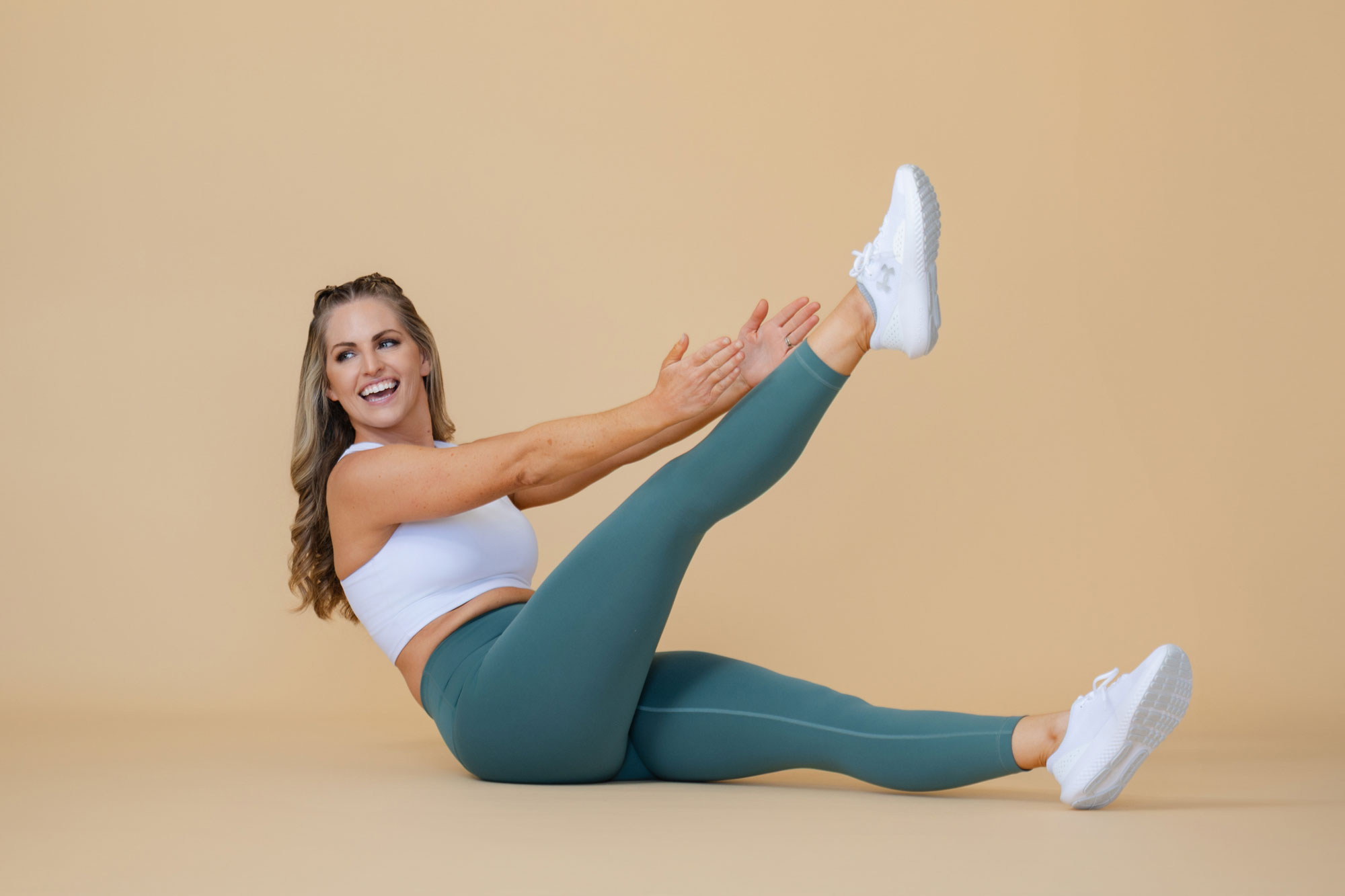
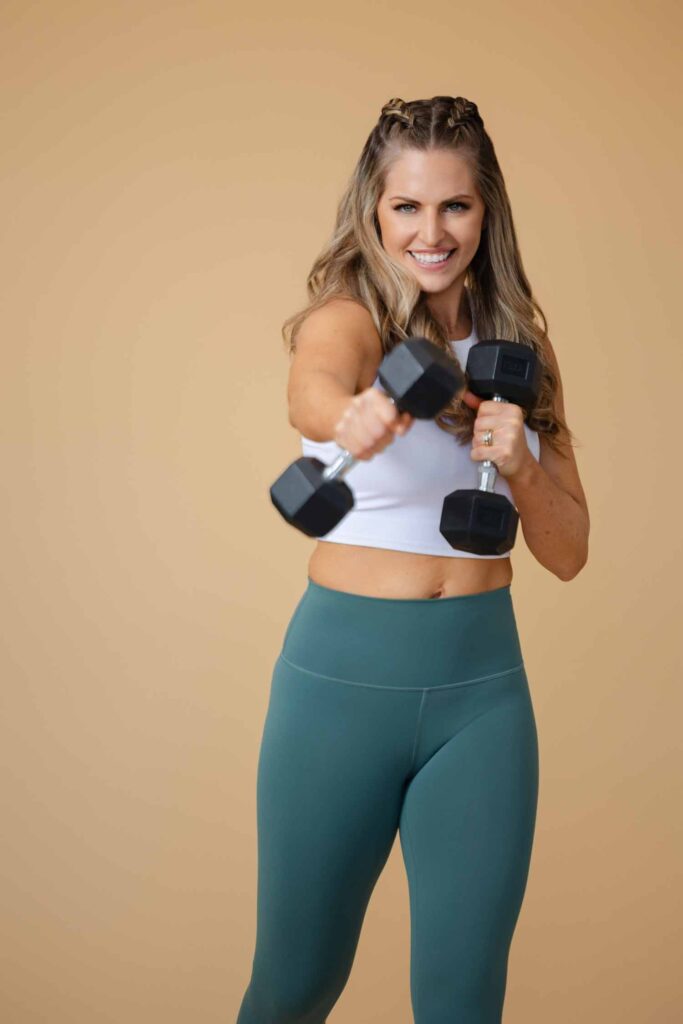

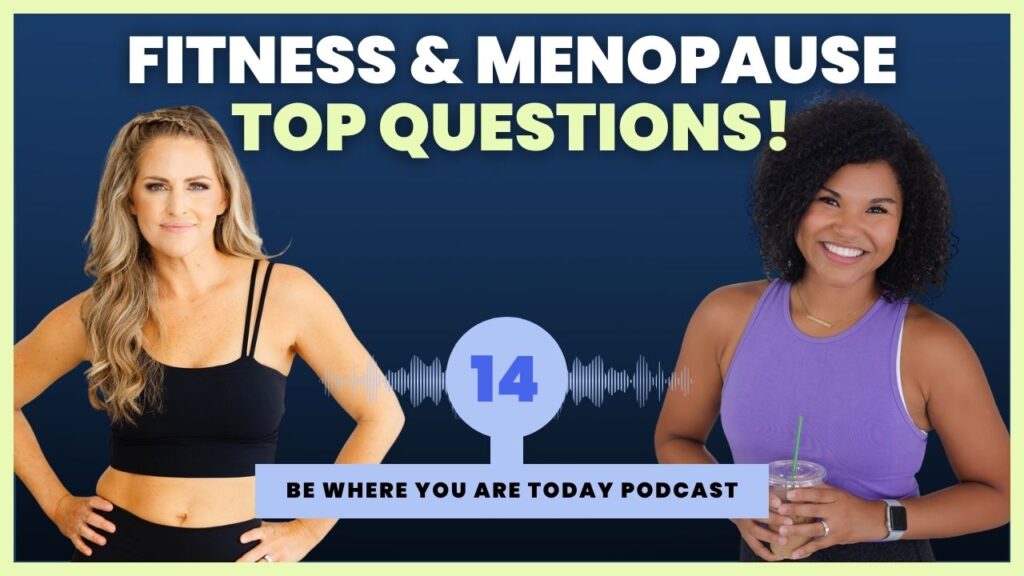
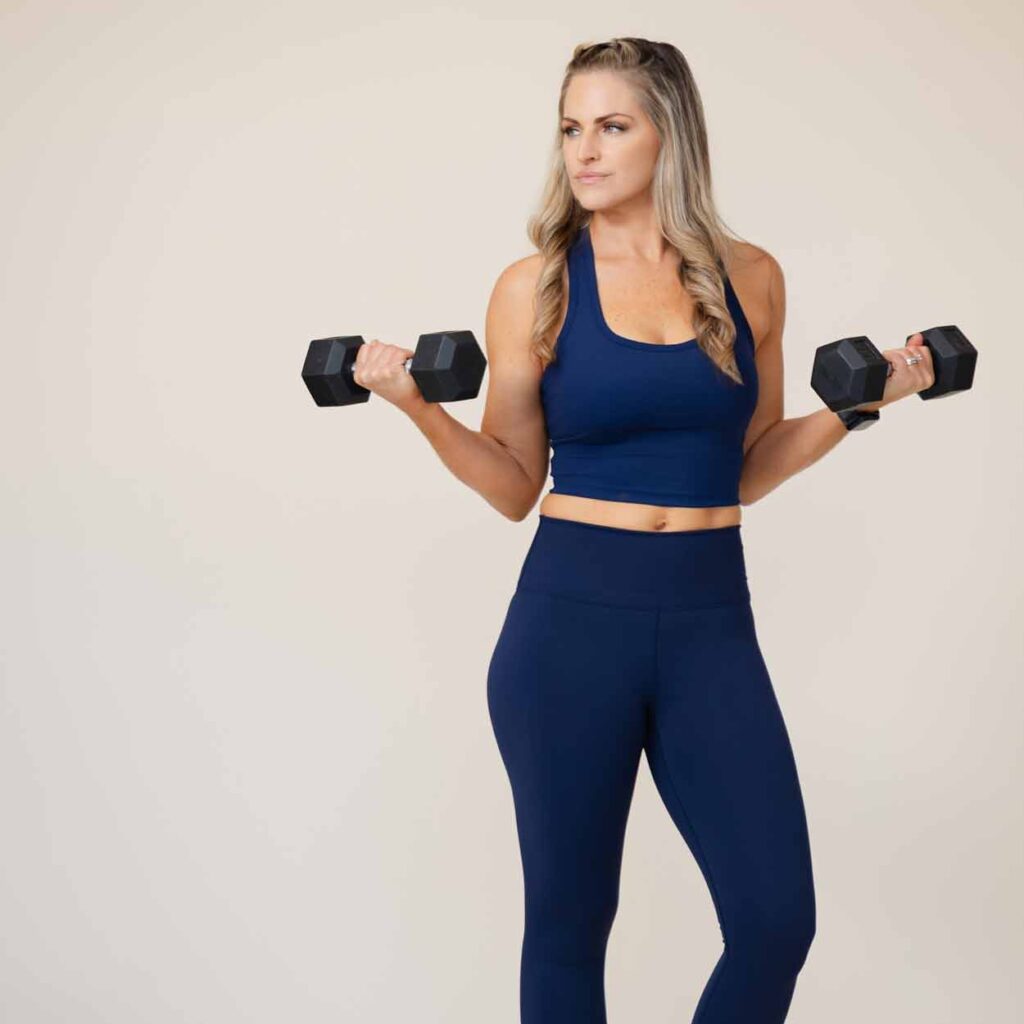
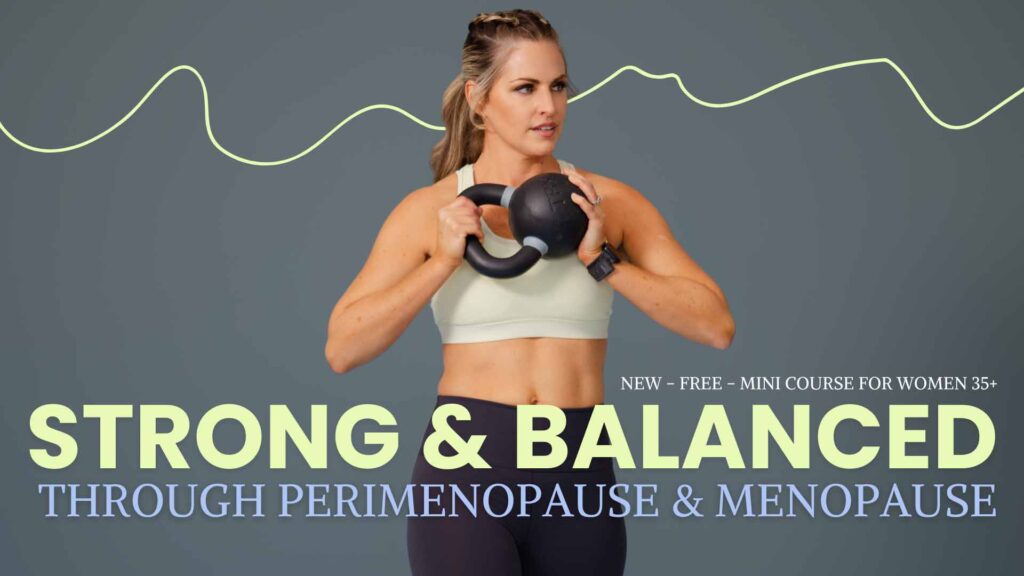
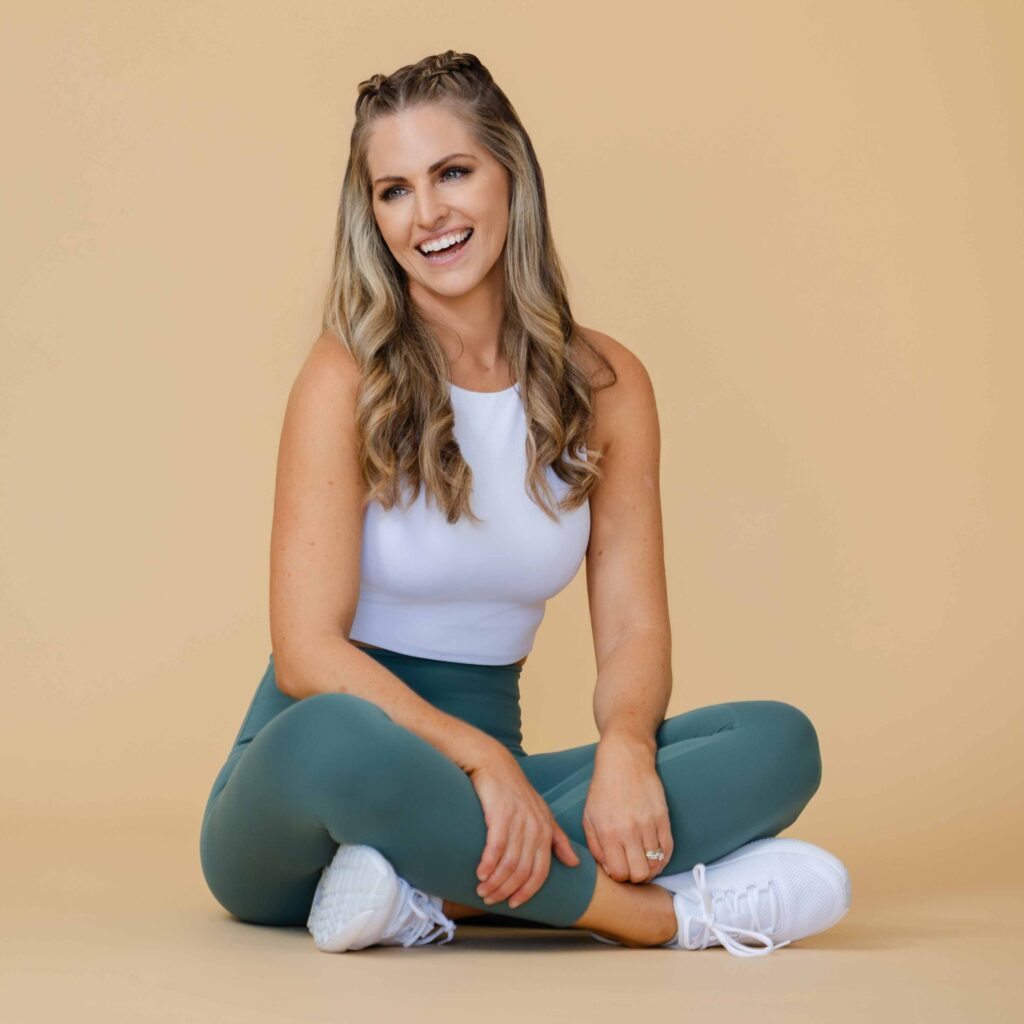


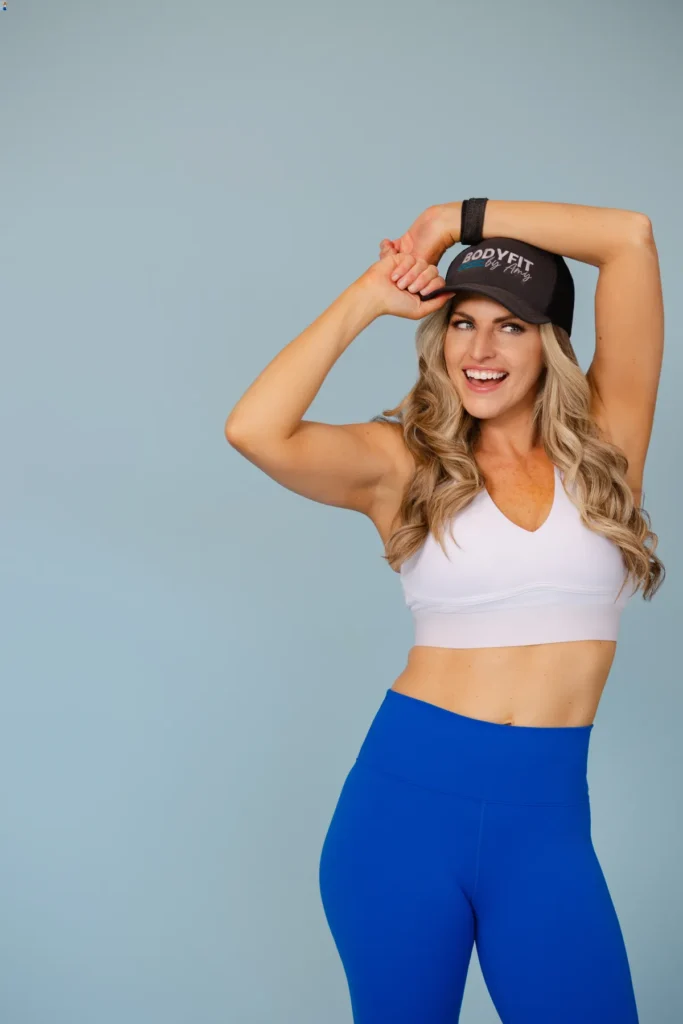
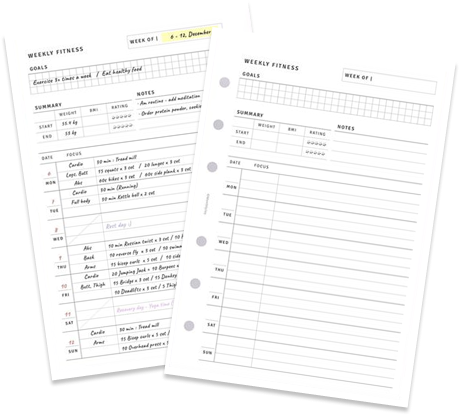
Leave a comment
Thanks Amy for the good coaching. Been working out with your utubes for many years and have more stamina in my senior years than I did in my young years, when I didn’t know how to train effectively.
Thank you.
Your advice is always spot on. You are motivational, and professional in everything: your workouts (especially), your podcasts, social media, blogs etc, and I appreciate you every day. The variety in your workouts is phenomenal. Thank you Amy, and your team for this reminder, you make a difference to people’s lives 🙏💞
This is one of the many reasons I love your workouts. I follow trainers to mix things up and their workouts are great, but I feel like they go too fast for me. I feel my form being compromised and I then have to slow down. Thank you for finding challenging ways to keep us working hard safely!
I am 63 years old, live in Scotland, have enjoyed all types of exercise all my life but in recent years, weight and resistance training is my favourite. I have a personal trainer once a week. I follow your videos the other days I am at the gym. I love them and you repeat the same guidance and mantras as my PT instructor. I love the full explanation of why we are doing a move and the different options available for different levels. I really enjoyed reading your blog regarding top tips on form and technique and “Being where you are today” Please keep up the good work….it really is appreciated 🏴🏋♂️😍